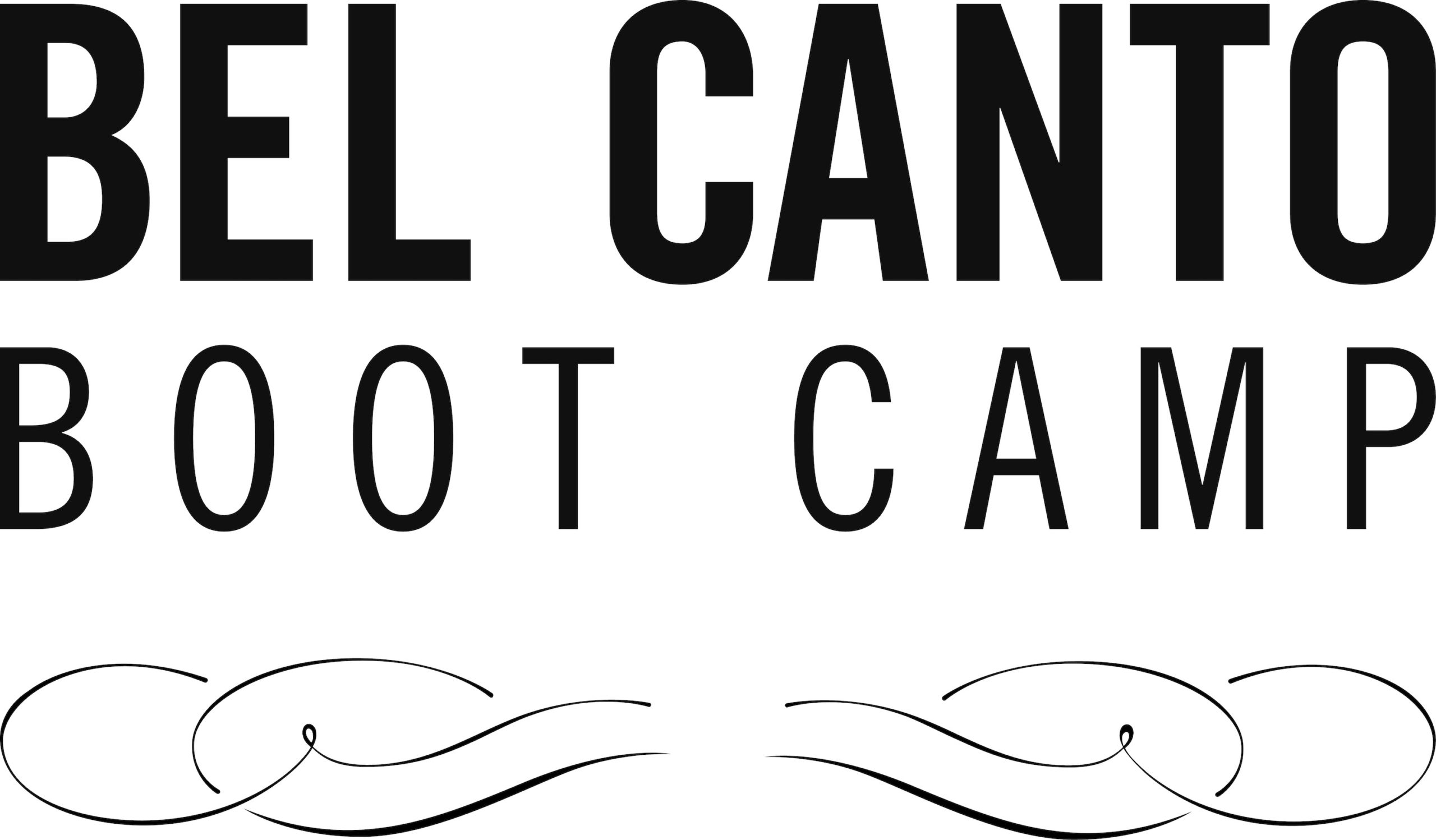Helen Morgan: Why Was I Born? This 1929 hit from Jerome Kern and Oscar Hammerstein II’s Sweet Adeline proved a torch song hit for Helen Morgan, who had previously starred as the tragic Julie in Kern and Hammerstein’s Show Boat. Morgan sings it in a style not far removed from Classical or Operetta, with head voice in the upper reaches, and just enough modal (chest) voice to emphasize the bluesy feeling that was currently emerging in popular music.
Teddi King: I Concentrate on You. The Boston-based King makes a beautiful, contemplative aria of Cole Porter’s song, without in any way becoming too formal or stiff in her style. Head and chest voice are blended in a smooth balance that expresses both the physical longing and the sweet delicacy of desire.
Ella Fitzgerald: Take the A Train. Live at Hollywood’s Crescendo Club in the early 60s, Ella romps her way through this Billy Strayhorn classic mostly in modal voice, but always with the head voice available for a bit of ornamental filigree or ecstatic utterance. Has improvisation ever been more fun than this?
Sarah Vaughan: Little Man You’ve Had A Busy Day. Sassy takes a 30s song by Mable Wayne and turns it into a masterclass of technical skill, so naturally does she blend head-dominant and chest-dominant singing, along with strong dramatic intention and her own brand of sovereign nonchalance.
Joan Baez: A Hard Rain’s Gonna Fall. Of all of Baez’ covers of Dylan songs, this may be the most potent. She exploits the contrast of head into chest on the last phrase of every chorus, letting us feel the gut-wrenching emotional weight of the “fall” she is describing.
Judee Sill: The Kiss. Sill delivers this mystical prayer with supreme simplicity and directness, her crystalline voice poised and centered in both head and chest phonation; a perfect equilibrium that in itself is intensely moving.
Aretha Franklin: I Say a Little Prayer. This live TV performance from the early 70s bucked the trend towards lip-synching: Aretha’s vocals are done live. And what vocals they are! This version surpasses her commercial recording of the song by a good distance.
Minnie Riperton: Lovin’ You. Famous for its stratospheric whistle register phrase at the end of the chorus, Lovin’ You is also a performance notable for the skill with which Riperton combines head and chest dominant phonation into a conversationally natural flow.
Barbara Cook: Glad Rag Doll. This live recording from her 1975 comeback concert finds Cook firing on all cylinders, singing as if her life depends on it. Her background in operetta and things like Candide had developed her head voice to the point that it really balanced her musical theater chest tones. It’s like she’s belting in head voice, and it’s glorious!
Joan Baez/Joni Mitchell: Dida. For this up-tempo remake of her practically wordless song, Baez invited Joni Mitchell to lay down descant vocal tracks on the first and third verses. The result is a splendid “duet” that shows the blend and contrast of these two utterly distinctive voices bouncing through their vocal registers.
Cheryl Lynn: Got to Be Real. Lynn was a late 70s disco sensation with a voice that should have taken her to far greater fame. In her most famous single, she combines high belting in chest voice with a startlingly developed operatic sound two-thirds of the way through the track when she sings “Soo-hoo, soo-hoo, soo-hoo, I’ve got to have it, Baby!”
Jimmie Rodgers: Blue Yodel No. 1. One of America’s first true Country Music stars, and famous for his yodeling, Jimmie Rodgers here displays both his registral skills and the charming manner that endeared him to both country and city dwellers.
Roy Orbison: Crying. Often considered one of the very finest pop vocal performances ever, Orbison’s classic builds like an aria to a final head voice climax of overwhelming intensity.
Jerry Lee Lewis: Great Balls of Fire. So universally known that it’s easy to take for granted, but the Killer shows how to take the simplest of vocal and musical gestures and turn them into pure excitement. “Elegant” is not a misplaced word for his deft registral changes.
Little Richard: Good Golly, Miss Molly. Even more unbuttoned than Jerry Lee, Little Richard uses his head voice whoops to create a frenzy of unbridled sexual energy. No wonder parents felt threatened by this music!
Lou Christie: Lightnin’ Strikes. Christie has a sound not unlike Frankie Valli in his head voice, but his modal voice has a completely contrasting timbre of almost breathy sweetness. The juxtaposition is startling and hearing Lightnin’ Strikes for the first time is a memorable experience.
Smokey Robinson and the Miracles: Ooo Baby Baby. This song was famously remade by Linda Ronstadt, but Smokey’s original version is a model demonstration of various colors and weights of head voice, all in the service of a smoothly seductive musical message.
The Beach Boys: Don’t Talk (Put Your Head on My Shoulder). This song is a great moment from Pet Sounds, an album made entirely of great moments.Brian Wilson’s plaintive tenor has never sounded more lovely than in this evocation of youthful innocence and longing.
Stevie Wonder: Lately. One of Wonder’s sweetest ballads, Lately demonstrates how skillful use of a well-developed head voice can cap a striking upward modulation and make it unforgettable. What a thrill as Stevie launches into that last, high chorus.
The Happy Goodmans: Lookin’ for a City. Vestal Goodman’s “is-it-man-or-woman?” choruses, constantly modulating upward, elicit astonishment and giggles as you wonder just how high she can go in chest voice! Even for the religiously uninclined, this is an uplifting experience!
